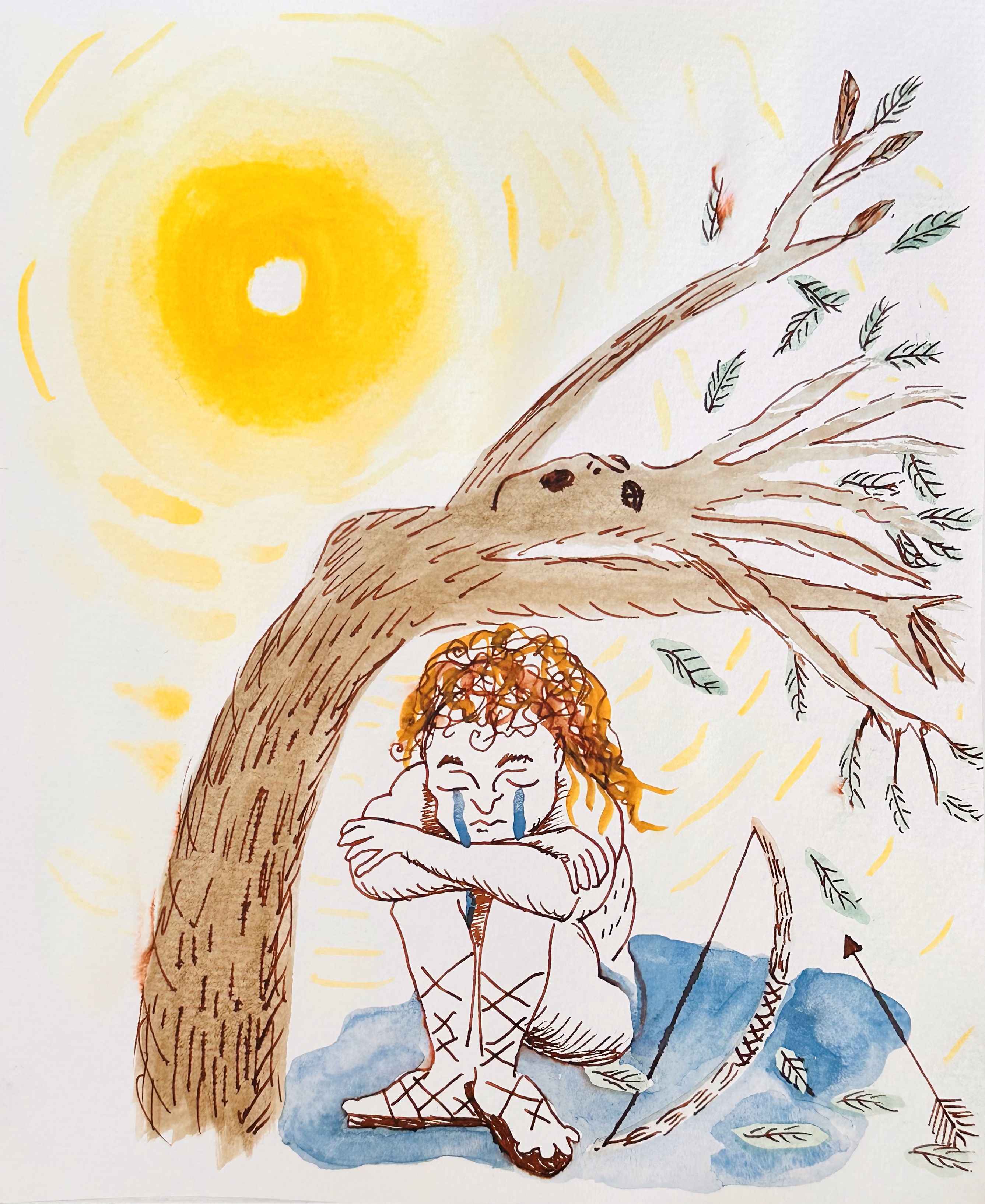Editorial

Why not put names on things? Why publish in this semi-anonymous format, and not attribute writers to the hard-won fruits of their labor? Four years ago, when we first published this magazine, we were inspired by The Economist, where collective authorship serves to protect their writers from censorship and prosecution. We are art critics, however, not militant architects of a global liberal order. The mission of our minor art is to lend words to a form of longing, to make the invisible visible, to trace the construction of an infinity in so few words.
You might assume we’re trying to protect our writers from metaphorical slings and arrows of outraged art world denizens. And you would be right. But as much as we use collective authorship to protect, and to promote honesty over CV collusion, our ambitions are loftier, even slightly masochistic: to annihilate the writing-self. The cult of the art writer and its connoisseur-critic sibling, only recently risen from the ashes of Manhattan, has been confusing personal taste with objective judgment, indulging art as a royal road to talk about oneself. We, on the other hand, are embarking on the Herculean task of expunging narcissism for a whole 500 words.
This issue is less about fresh-faced artists and more about the seasoned pros. It is not by design but, rather, happenstance: contributors were more interested in exhibitions of mid to late career artists, itself a symptom that lends itself to a variety of interpretations. What recipes of failure and success are these artists confronting us with? What can we learn from an art making less steeped in the pressures for the correct content? Is this indulgence in the often-imagined return of the repressed, or a rebellion against the forces that order us to think in straight lines? As curator Jody Graf recently mused: “What’s so bad about nostalgia anyway?”
As editors, we have our ideas of how to respond to these questions. We believe in the necessity to publish an assortment of perspectives that help elucidate the fractious reality of making art. So, if you read something that makes you want to pen a passionate rebuttal, why not channel that energy into a letter to the editor? We might even publish it in the next issue. After all, nothing says “art criticism” like an argument.
downtowncritic@gmail.com